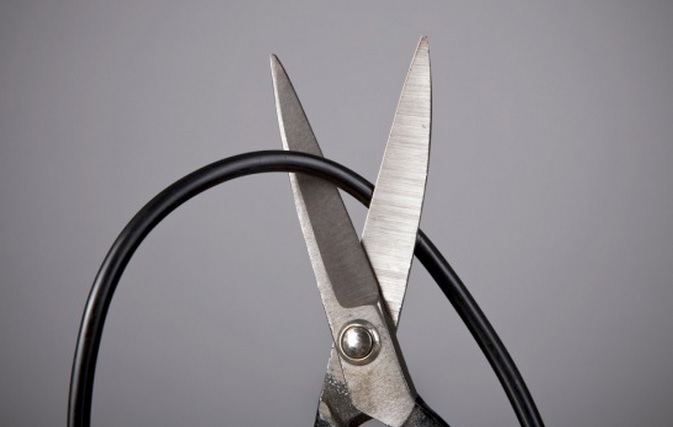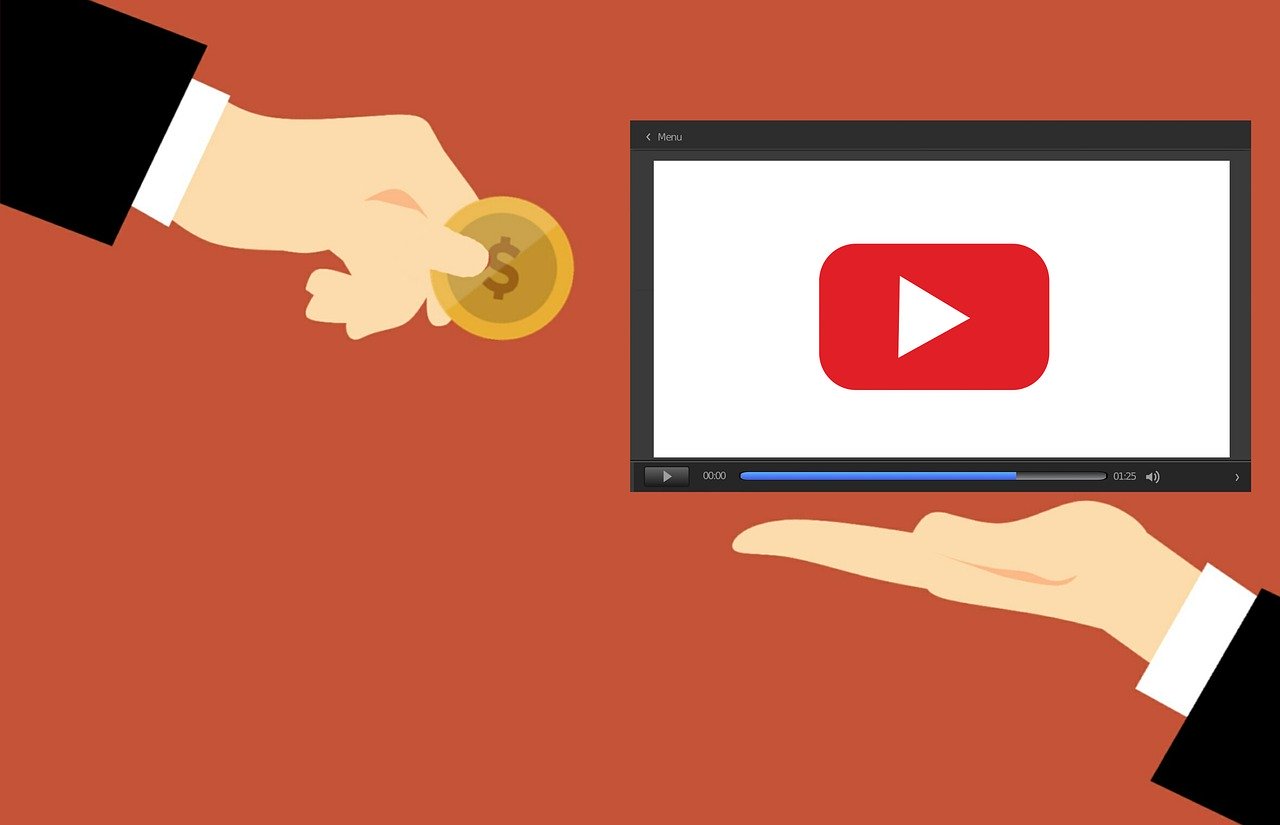The rise in streaming has often been directly linked to the rise of cord-cutting. But at The Streaming Advisor, we see the two trends as related but not causal. For instance, while Netflix is believed to have over 140 million subscribers, that has not exactly translated to 140 million cord-cutters. The recent trends have shown that people do continue to drop pay-TV services like cable and satellite services but not at the rates that some cord-cutting enthusiasts would expect to see.
As of today, a new study shows that 71% of US households still have pay-TV services. The new study does not exclude vMVPD (which we designate as cable replacement services) from being counted as pay-TV. While some consider YouTube TV or fuboTV and Sling TV as abandoning cable we too think of the streaming services as cheaper, but still a pay-TV service. How much lower the percentages would be without what is understood to be around 15 million subscribers across a range of replacement services was not stated.
The key to the whole study is that far more people in the US still like to watch TV in a traditional way with a bundle and a cable box instead of pulling together different services into a new TV exosystem. And it is not for lack of options. Users can sign up for every premium movie and TV service that used to be exclusive to cable and access them with apps, and its undeniable that the vast majority of TVs sold in the US are connected TVs, but still the popularity or even the habit of traditional cable packages persists. Though there is a steady trend showing that the numbers may be generational.
Behind the numbers, we see 64% of adults ages 18-44 and 77% of ages 45 and older have a pay-TV service. That’s down from 2016. Five years ago 77% of adults ages 18-44 had pay-TVand while 86% of people 45 and older had a pay-TV service. Whether it is because of budgetary concerns or just an overall dissatisfaction users are dropping off. Just not as quickly as yearly new years predictions would have you believe.
A number to watch though is the group industry watchers call “cord nevers” which are people who have never actually had a pay-TV service. over half of them, 54% are between the ages of 18-34. And while the study showed an interesting link between cord nevers and renters (which we believe indicates a socio-economic component to a willingness to pay for TV) it may be difficult for providers to talk people into signing up for services that they did not use or value as they grew into adulthood.
Just remember those percentages when December rolls around and the “cord-cutting experts” post stories about how 50% of cable subscribers are “thinking” of canceling this year. It has been a slow but noticeable drip. Peek cable was never 100%. The difference now is that before there were so many content options, those who didn’t have cable or satelite services tended not to be big fans of TV in general and could get by on a few OTA channels. These days with multiple streaming options, great niche programming and expanded access to OTA content it has become much more palatable to not have a pay-TV service. This is why TV executives should pay close attention as the 18-44 set becomes “homeowners” and settle down.






